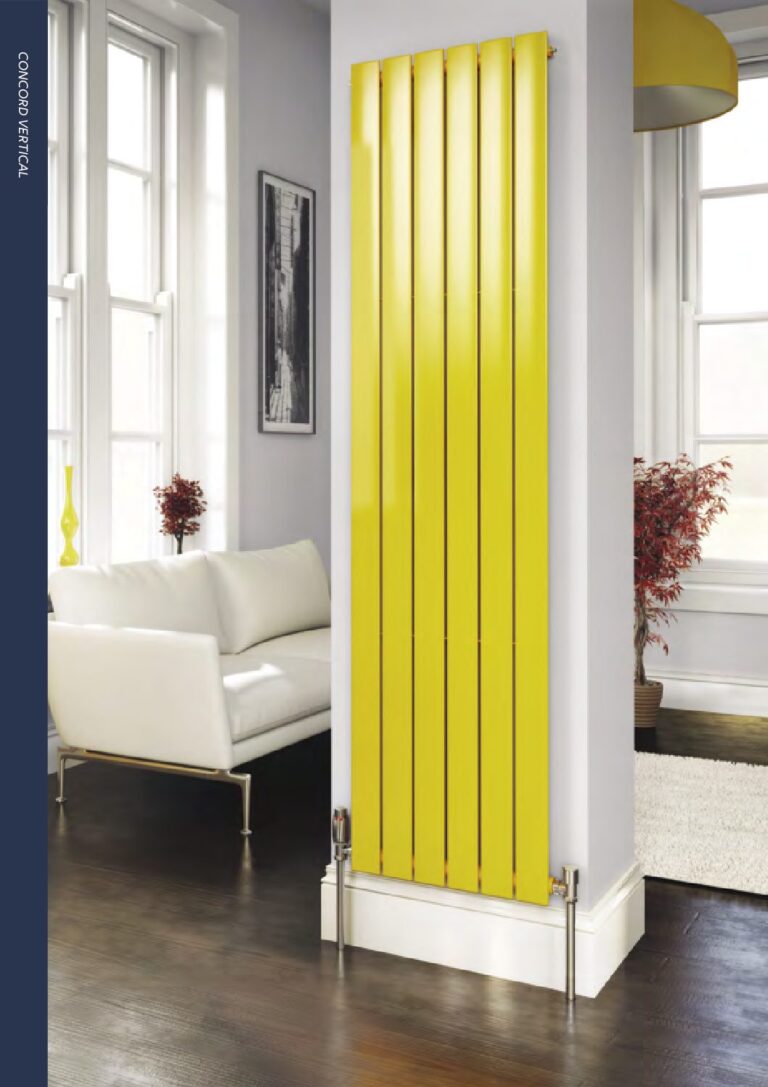Are you struggling to keep your home warm and cosy during the chilly winter? Maintaining and optimising your heating system is crucial, especially for old radiators.
Don’t let cold rooms ruin your comfort this winter season. With our expert tips and clear instructions, you can maintain and optimise your old radiators like a pro.
This comprehensive guide will walk you through bleeding old radiators in 2023, ensuring your home remains comfortable throughout the year.
What Will I Need?
To successfully bleed an old radiator, you’ll need basic tools, such as a radiator key or flathead screwdriver and a cloth or towel to catch any drips.
We will provide you with detailed instructions on how to use these tools effectively. Whether you’re a seasoned DIY enthusiast or new to home maintenance, our step-by-step guide will make the process easy to follow and execute.
Next, you will need a container or towel to catch any water that may occur during the bleeding process. Bleeding radiators can sometimes cause water leakage, so having something ready to collect it will prevent any mess or damage.
Alternatively, if bleeding doesn’t help, investing in new modern radiators from leading UK brands like Trade Radiators will greatly help with efficiency and might save you more money in the long run.
Get ready to take control of your heating system and ensure that every corner of your home stays warm and inviting throughout the year.
Step-by-Step Guide to Bleeding Old Radiators
Get ready to optimise the performance of your outdated heating system by following this step-by-step guide for maximising heat distribution in your home.
Bleeding old radiators is a simple yet effective way to ensure your heating system works efficiently. Here’s how you can do it:
- Turn off the heating system: Before bleeding the radiators, turn off the central heating system. This will prevent hot water from flowing through the pipes while you work on the radiators.
- Locate the bleed valve: Each radiator has a small bleed valve, usually located at one end or the top of the unit. Use a radiator key or a flat-headed screwdriver to slowly open the valve in an anti-clockwise direction.
- Place a container underneath: Place a container or towel underneath the bleed valve to catch any excess water that may come out during bleeding.
- Release trapped air: As you open the bleed valve, you will hear hissing sounds as trapped air escapes from within the radiator. Keep turning until you see water coming out steadily without any sputtering noises.
- Close and move to the next radiator: Once all trapped air is released and only water comes out, close the bleed valve tightly using your radiator key or screwdriver. Repeat this process for each radiator in your home.
Following these steps, you can effectively remove any trapped air from your old radiators and improve their performance. Remember to check and bleed your radiators whenever necessary to maintain optimum heat distribution throughout your home.
Troubleshooting Common Issues with Radiators
When troubleshooting common issues with your radiators, it’s important to be aware of any unusual noises from the heating system. This could indicate air trapped in the pipes or a problem with water circulation.
To address this issue, start by checking the water pressure on your boiler. If it’s too low, you may need to top up the system using the filling loop or consult a professional plumber for assistance.
Additionally, ensure all radiator valves are fully open to allow proper flow of hot water. If strange noises persist, it might be necessary to bleed the radiators.
By following these troubleshooting steps and promptly taking care of any issues, you can ensure optimal performance from your radiators and maintain a comfortable living environment.
Maintaining Radiator Efficiency for Long-Term Performance
Maintaining radiator efficiency ensures long-term performance and a cosy living space. Here are some steps to help you keep your radiators running efficiently for years.
First, make sure that your radiators are positioned correctly. They should be placed on external walls and not obstructed by furniture or curtains. This allows for optimal heat distribution throughout the room.
Next, regularly check for any air trapped in the system. Air pockets can reduce the efficiency of your radiators by preventing hot water from circulating properly. Additionally, it is important to maintain water quality within your heating system.
Over time, sludge and debris can accumulate in radiators, reducing efficiency. Consider adding a central heating inhibitor to prevent corrosion and buildup in your radiators.
By following these maintenance steps regularly, you can ensure that your radiators operate efficiently and provide consistent warmth throughout your home for many years.
To Summarise
In conclusion, properly maintaining and bleeding old radiators is crucial for homeowners in the UK to ensure optimal heating system performance.
Following the step-by-step guide in this article, you can effectively address any air pockets trapped within your radiator and restore its efficiency. Before starting the process, gather the necessary tools, such as a radiator key and a cloth.
Knowing how to bleed old radiators means preventing cold spots and ensuring that warmth is evenly distributed throughout your living space. It is also important to troubleshoot common issues such as leaks or strange noises from your radiators.
Regular maintenance and attention to detail will help maintain the long-term efficiency of your heating system, keeping you cosy during those chilly winter months.
Get yourself ready for winter!
Author Bio
George Luke is a professional Content Marketer. Based in California, he is an author and blogger with experience in encounter composing on various topics including but not limited to Home, Décor, Technology, Food, Marketing/Advertising, Lifestyle and beauty, etc.
Also, Read The Following: Is the Tooth Fairy real


